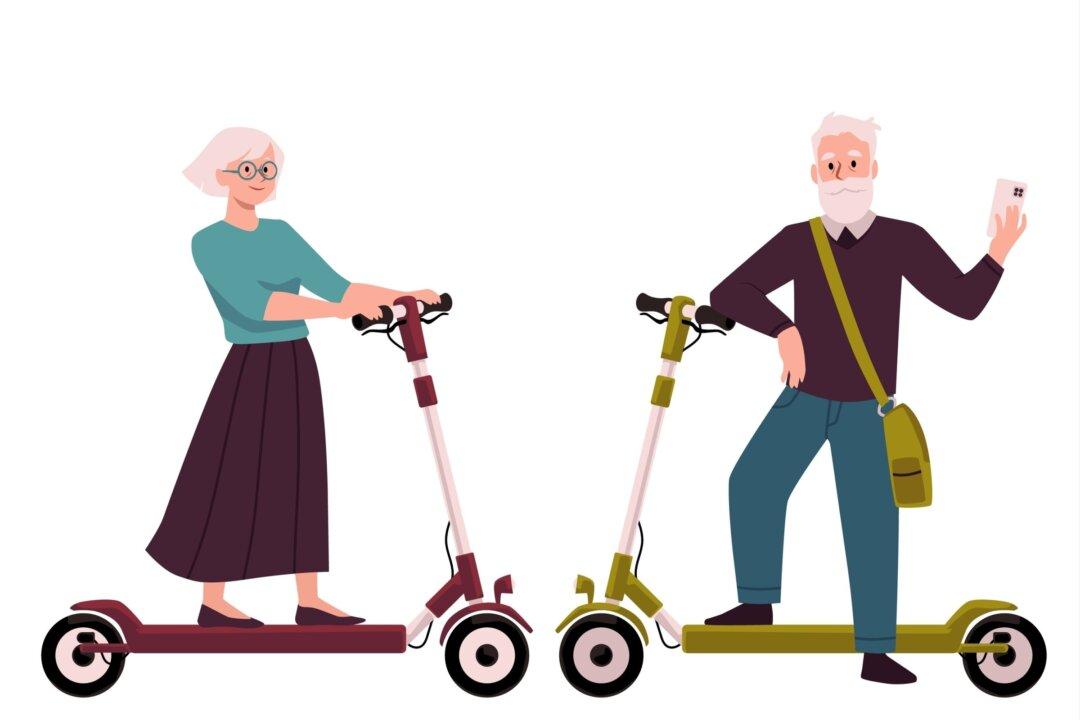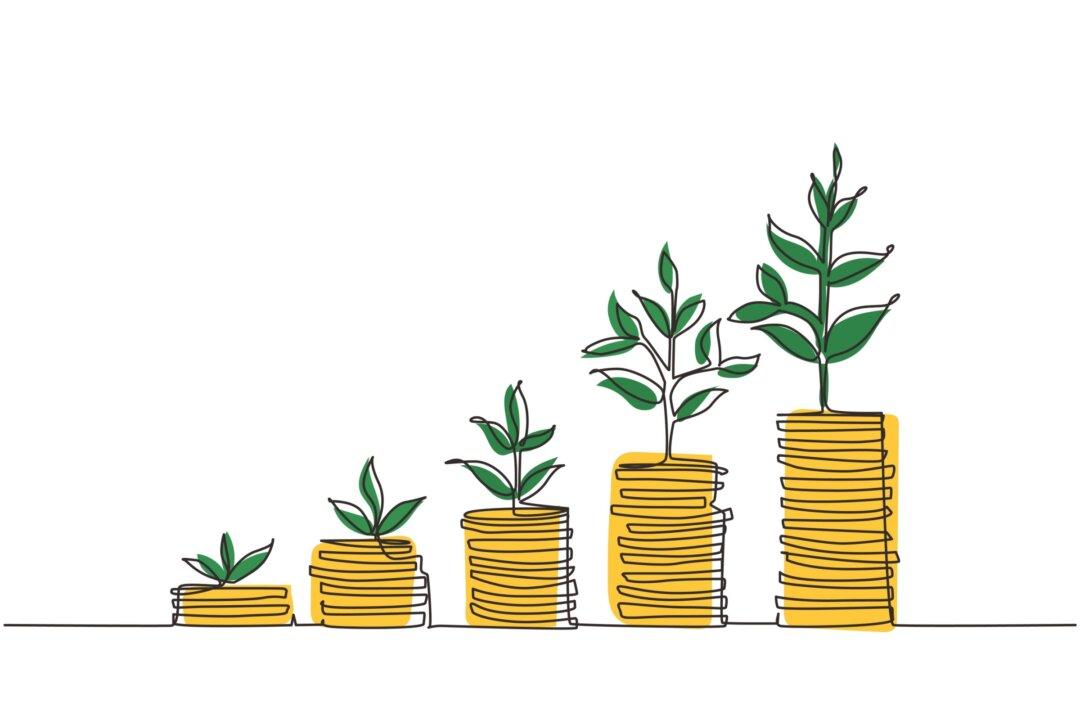Over 200 years ago, George Washington—the first and only non-partisan president—warned that parties try to gain influence by misrepresenting the opinions and aims of other districts.
“You cannot shield yourselves too much against the jealousies and heartburnings which spring from these misrepresentations; they tend to render alien to each other those who ought to be bound together by fraternal affection,” he said.
After an election where candidates and supporters attacked each other with rare vitriol, Washington’s warning looks prescient and vital.
In the 2016 race, political actors and partisan media fed furious passions and made it evident that America is a country riven in two.
This division has churned for decades, but this election brought it to the surface, revealing a country torn over partisan identities that are too often based on race, class, and religion.
People studying these issues believe they will get worse before they get better. But if there is a best solution, it comes from people understanding the forces acting on their minds and emotions, and guarding themselves accordingly.
Trends Driving Division
At one level, socioeconomics is to blame.
Globalization, urbanization, and income polarization have gutted the middle class and pushed those with an education to higher income brackets in the cities. Those without expensive diplomas fish in an ever-shrinking pool of blue-collar jobs.
Those trends are reflected in social gerrymandering that has seen Americans segregate themselves politically by moving to communities where people live and think like they do. Bill Bishop’s book “The Big Sort: Why the Clustering of Like-Minded America Is Tearing Us Apart” revealed how communities had grown increasingly red or blue across much of America.
The result is primaries that produce candidates positioned deeper in the ideological end zones.
At the same time, media outlets like MSNBC and Fox News have taken strong partisan positions (on the left and right, respectively) to carve out niche audiences.
Now, the politically engaged find news that fits their views and the disinterested opt out completely, joining the growing ranks of non-voters.




